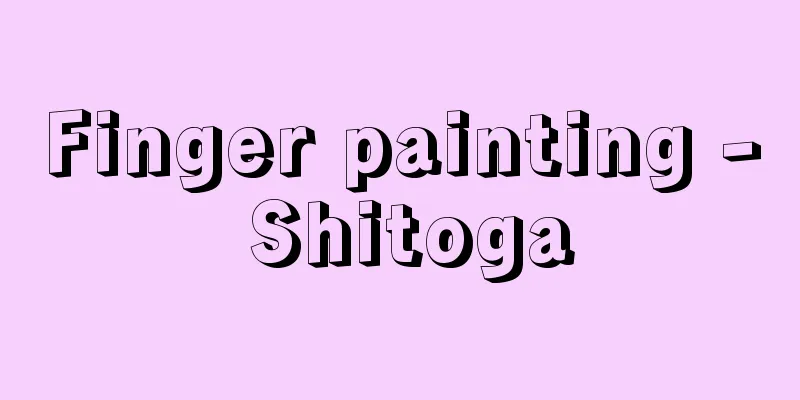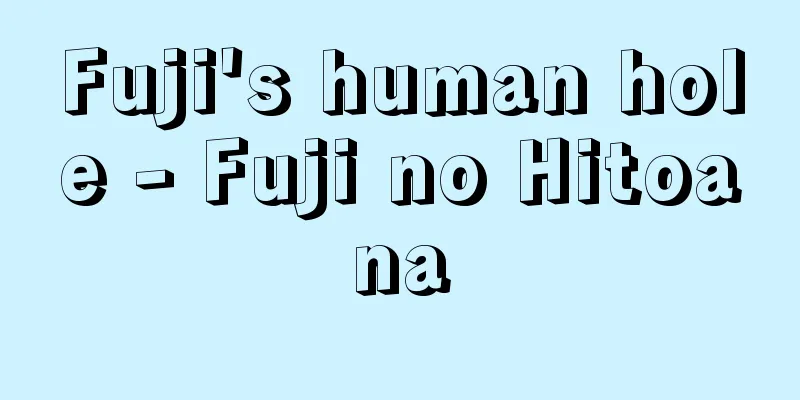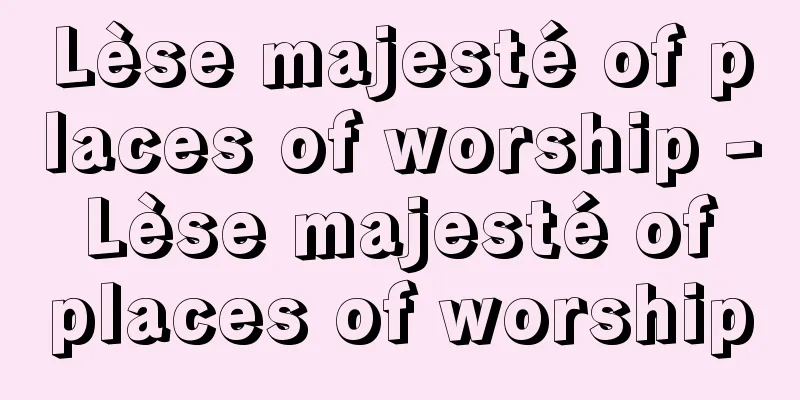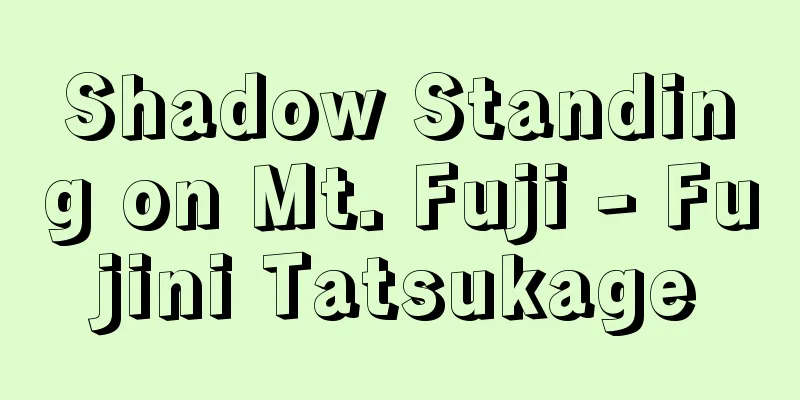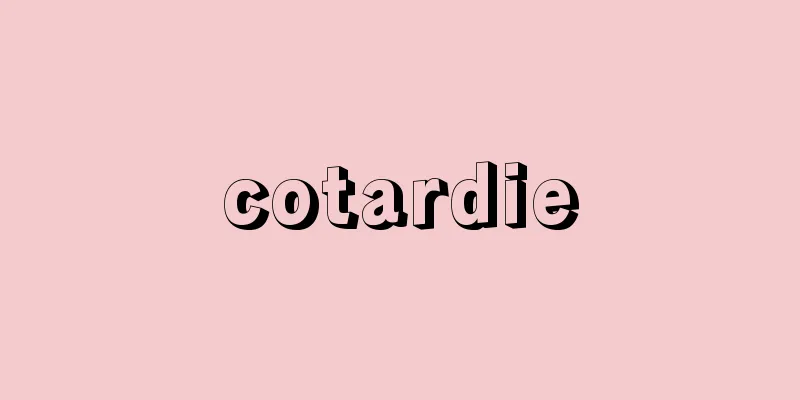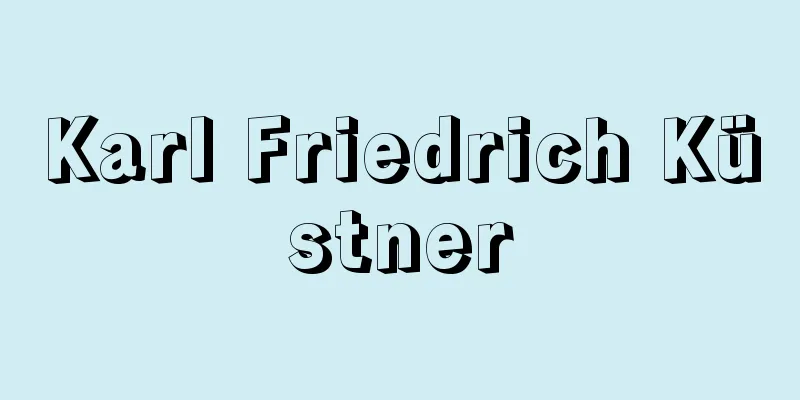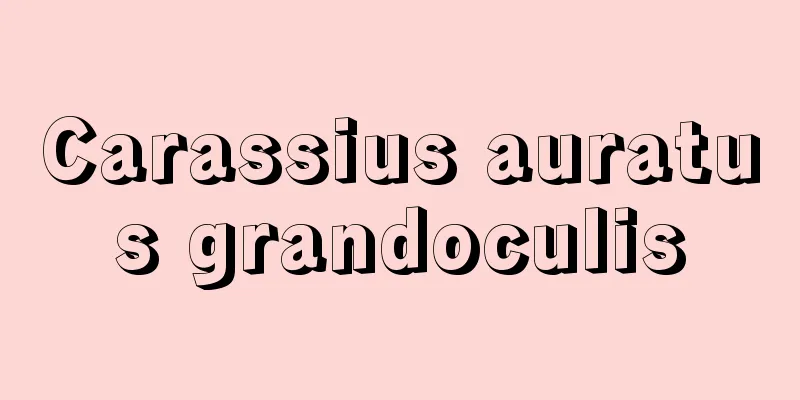oppidum
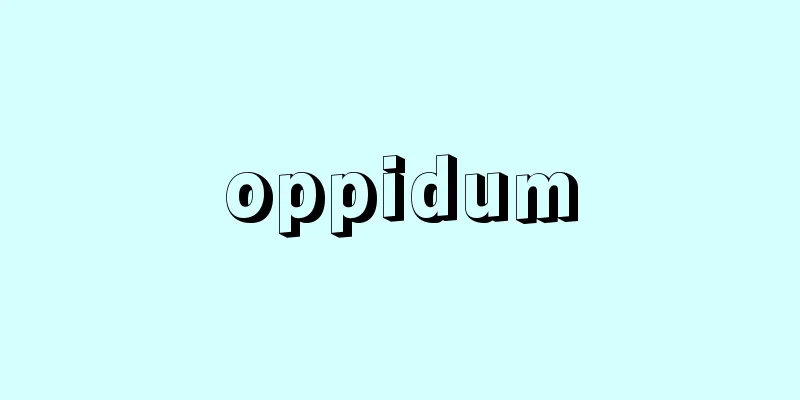
|
...Generally speaking, Celtic art has a character that contrasts with Mediterranean art, and for that reason, it has been undervalued by the traditional art historical view that places classicism as the central principle. However, in recent years, with the development of art historical views and the increase in excavated materials, Celtic art has been recognized again as having an important significance that rivals Mediterranean art. The Celts were not a unified race, did not create a unified nation, and tended to prefer a mobile lifestyle. Although they built fortified settlements (what the Romans called oppidum) in the latter stages of their life, they did not build full-scale cities, and their architecture and daily life tools were mainly made of wood, so most traces of their life have disappeared. The remains known today are mainly limited to metalware and pottery excavated from cemeteries, with a small number of stone and wooden objects added. From [La Tène Culture]…It is believed to be the culture of the Celts, who appear in the records of Greek and Roman classical writers and in Caesar's Gallic Wars. Ruins unique to this culture include chieftain tombs, which are common in the early period, and oppidums, which belong to the later period. Chieftain tombs are burial mounds with wooden chambers, containing four- or two-wheeled carriages, and are accompanied by a wealth of grave goods, including Greek and Etruscan pottery and metal vessels. *Some of the terminology that mentions "oppidum" is listed below. Source | Heibonsha World Encyclopedia 2nd Edition | Information |
|
…全般的にいうとケルト美術は地中海美術とは対照的な性格をもつものであり,そのゆえに,古典主義を中軸的原理とする在来の美術史観によって,低く評価されてきたが,近年は美術史観の進展および発掘資料の増加によって,地中海美術に拮抗する重要な意味をもつものとして再認識されるようになった。 ケルト人はまとまった人種ではなく統一的な国家を作らず,流動的な生活を好む傾向にあったため,末期に城塞集落(ローマ人のいうオッピドゥムoppidum)を作りはしたが,本格的な都市は営まず,そのうえ建築および日常生活の用具は主として木造であったので,その生活の痕跡は,ほとんど姿を消した。今日知られる遺品は主として墓地から出土した金属器や陶器に限られ,それに少数の石造品および木製品が加わる。… 【ラ・テーヌ文化】より…ギリシア,ローマの古典時代作家の記録や,カエサルの《ガリア戦記》に登場するケルト人の残した文化とされている。 この文化に特有の遺跡としては,初期に多い首長墓と,後期に属するオッピドゥム(オピドゥム)oppidumがある。首長墓は,木室をもつ墳丘墓で,なかに4輪または2輪の車両を納め,ギリシアやエトルリア製の陶器や金属容器など,豊富な副葬品を伴っている。… ※「oppidum」について言及している用語解説の一部を掲載しています。 出典|株式会社平凡社世界大百科事典 第2版について | 情報 |
>>: Oppolzer, E. (English spelling) OppolzerE
Recommend
Wainshi (English: Poetry in harmony)
In Chinese poetry, this refers to poems that use s...
"You shall not die" - "You shall not die"
...She developed a splendid Akiko-esque style of ...
Palmyra palm
This is the representative of the nine species in...
Nail cream
…Originally, mani comes from the Latin manus, whi...
Bureau Socialiste International
...As a result, Marxism formed the mainstream of ...
Crisis Denial - Hearing
…It is a system with the same purpose as Article ...
Common periwinkle (English spelling) common periwinkle
...The variegated variety, V. argenteimarginata H...
zerebrale Kinderlähmung (English spelling)zerebraleKinderlahmung
In other words, it is an aftereffect of damage to...
Arnold, Frances
Born July 25, 1956 in Pittsburgh, Pennsylvania. An...
Prelog - Prelog (English) Vladimir Prelog
1906‐1998 Swiss organic chemist. Born in Sarajevo,...
Tobae
Kabuki dance. Kiyomoto. Lyrics by Sakurada Jisuke...
Pod
This is a condition in which the ripples on the se...
Enka-style popular song
…In 1933, he won a contest sponsored by the Jiji ...
Irinohama Beach
Located in Ohata Town in western Kochi Prefecture,...
Austenitic-ferritic duplex stainless steel - Austenitic-ferritic duplex stainless steel
…The majority of stainless steels in demand are o...
